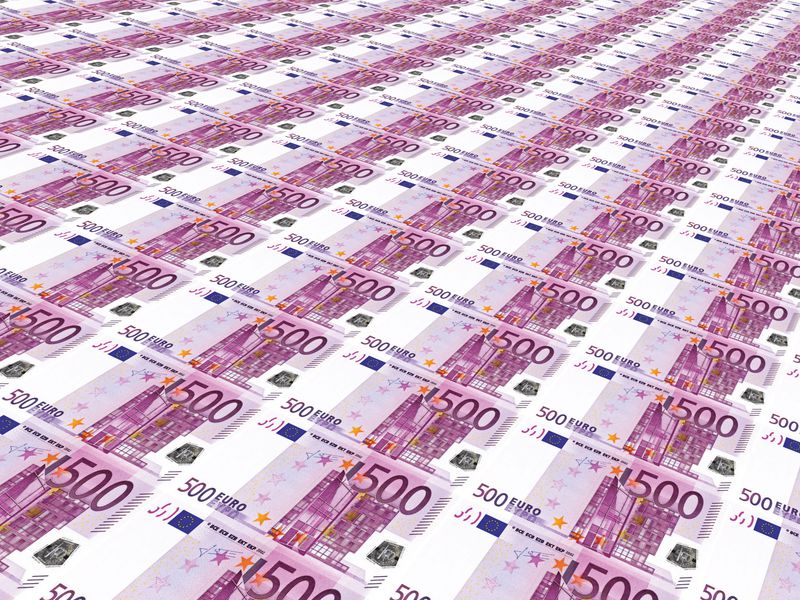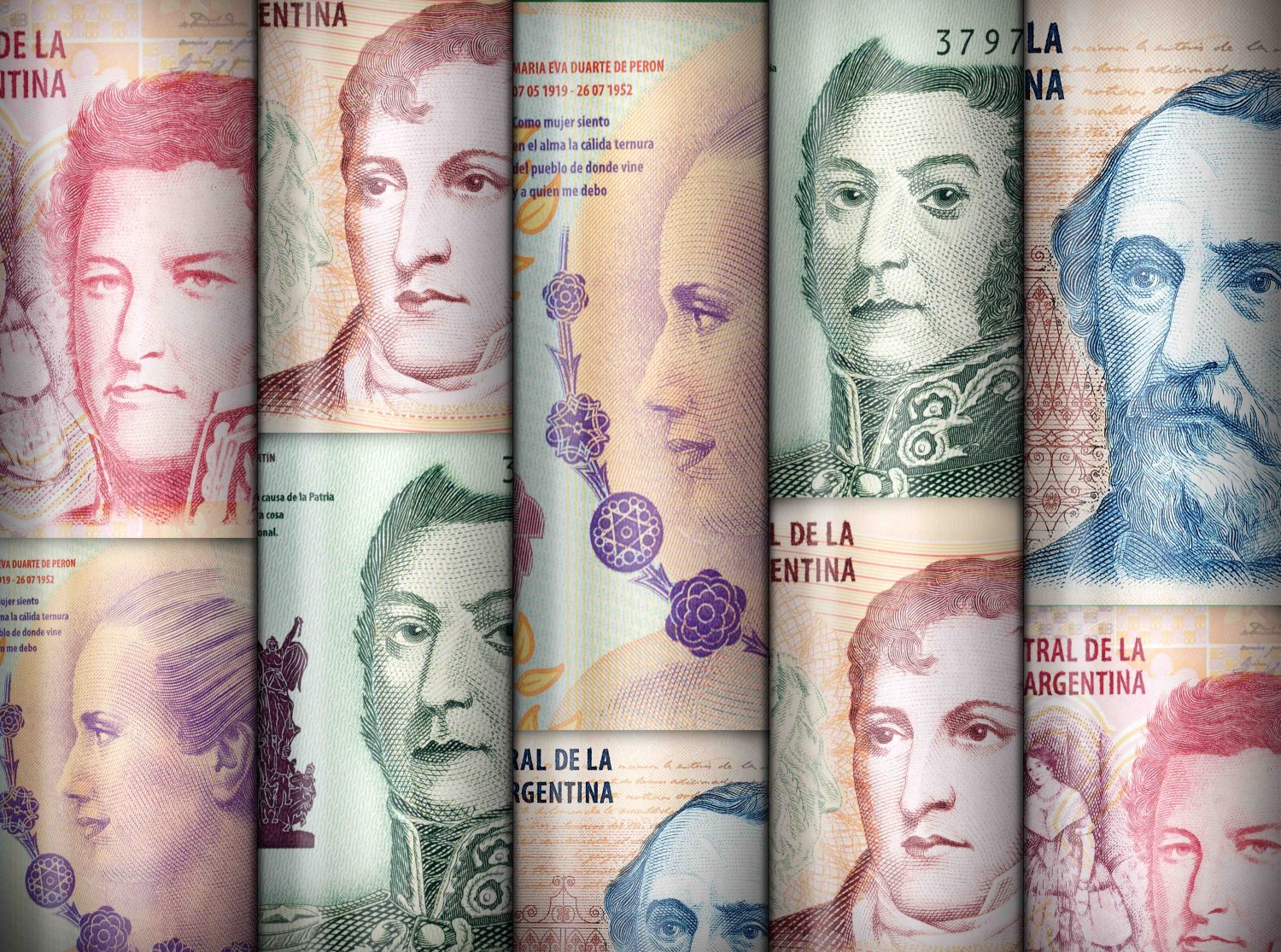Ether ETFs Record Biggest Outflows Since July in Sign of Low Institutional Appeal
-
Ether ETFs experienced the largest outflows since July, with over $79 million exiting on Monday.
-
The outflows were predominantly from Grayscale’s Ethereum Trust (ETHE), while other ETFs like Bitwise’s ETHW saw minor inflows, highlighting Grayscale’s significant influence on the market dynamics.
-
Despite an 11% rise in ether prices due to favorable macroeconomic conditions like Fed rate cuts, the ETF outflows indicate a disconnect where price increases do not align with investor sentiment towards Ethereum’s future.
-
Ethereum may not resonate with traditional finance investors compared to Bitcoin’s ‘digital gold’ narrative, some say.
Ether exchange-traded funds (ETFs) recorded their largest outflows since July with over $79 million exiting on Monday in a sign of waning institutional demand for the world’s second-largest token.
Those figures are the highest since July 29, when ETH ETHs recorded a cumulative $98 million, and the four-highest since they first went live on July 23, data from SoSoValue shows.
Nearly all of Monday’s outflows came from Grayscale’s ETHE product, with Bitwise’s ETHW recording just over $1.3 million in inflows. Other products showed no inflow or outflow activity.
:format(jpg)/cloudfront-us-east-1.images.arcpublishing.com/coindesk/YABHG4FQNZBFVAQXUIBZY5GPHU.png)
The outflow came despite a broader crypto market rally fueled by recent Federal Reserve rate cuts, which helped lift ether prices by 11% over the past week. However, the disconnect between ETH’s price momentum and ETF outflows suggests that investors remain uncertain about the asset’s long-term growth prospects.
A closely watched ratio tracking the relative price strength of ether (ETH) against bitcoin (BTC) has dropped to its lowest level since April 2021, as CoinDesk previously reported, indicating the broader market favoring bitcoin’s perceived stability over ether’s riskier, high-yield potential.
According to Peter Chung, Head of Research at Presto Labs, Ethereum’s “world computer” narrative does not resonate as easily with traditional finance (TradFi) investors compared to Bitcoin’s widely accepted “digital gold” story.
“TradFi investors may not respond as enthusiastically to ETH’s investment thesis than to BTC’s. Gold’s investment thesis as an inflation hedge is well-known, and therefore, it is not a leap for TradFi investors to wrap their heads around the idea of ‘digital gold,” Chung said in a message to CoinDesk, referring to an August report by the firm on the topic. “On the other hand, ETH’s ‘world computer’ narrative is much more difficult for non-technicals to grasp.
“Even if they manage to come around, their conviction level would need to be high enough to justify adding a second digital asset exposure after a BTC ETF. This could be challenging because, for those who have already allocated to a BTC ETF in their portfolio, adding another digital asset exposure provides substantially less incremental diversification benefit than the first exposure,” Chung added.
Bitcoin set fresh lifetime highs in April in U.S. dollars (before tumbling 20%), while ether is yet to break its highs from 2021 and is down 52% from its 2021 peak. Year-to-date, bitcoin has returned over 50% to investors, while ether holders have gained just under 15%.
Augustine Fan, Head of Insights at SOFA.org, noted that while ETH has gained on the back of the Fed’s dovish turn, the heavy ETF outflows indicate a fragile sentiment.
“Will a continued price rally rescue ETH ETF inflows from their current doldrums? The answer likely depends on whether we see another blow-off top in equity markets before November,” Fan said. “Ethereum has gained 11% over the past week on no new developments. However, the latest heavy outflow from Ether ETFs indicates uncertain sentiment among investors on its future growth momentum.”
Independent market analyst Nick Ruck pointed out that the recent outflows could be linked to broader pessimism about Ethereum’s growth narrative.
“The surge in ETH ETF outflows may stem from investors allocating capital elsewhere due to the ongoing pessimistic outlook for ETH, and the current increase in the price of ETH is a good opportunity to exit the market,” Ruck said in a Tuesday message to CoinDesk. “Ethereum has been criticized recently for failing to push any narratives that could help attract more inflows. However, the new Pectra upgrade set to launch in Feb 2025 aims to enable users to pay gas fees with altcoins, among other benefits.”
“Institutional investors may feel there are better opportunities elsewhere for the time being,” Ruck added.
Disclosure
Please note that our
privacy policy,
terms of use,
cookies,
and
do not sell my personal information
has been updated
.
CoinDesk is an
award-winning
media outlet that covers the cryptocurrency industry. Its journalists abide by a
strict set of editorial policies.
In November 2023
, CoinDesk was acquired
by the Bullish group, owner of
Bullish,
a regulated, digital assets exchange. The Bullish group is majority-owned by
Block.one; both companies have
interests
in a variety of blockchain and digital asset businesses and significant holdings of digital assets, including bitcoin.
CoinDesk operates as an independent subsidiary with an editorial committee to protect journalistic independence. CoinDesk employees, including journalists, may receive options in the Bullish group as part of their compensation.
:format(jpg)/s3.amazonaws.com/arc-authors/coindesk/6c6bb5af-692c-4fcf-9f8b-a75d0549effd.png)
Shaurya is the Deputy Managing Editor for the Data & Tokens team, focusing on decentralized finance, markets, on-chain data, and governance across all major and minor blockchains.
Follow @shauryamalwa on Twitter









